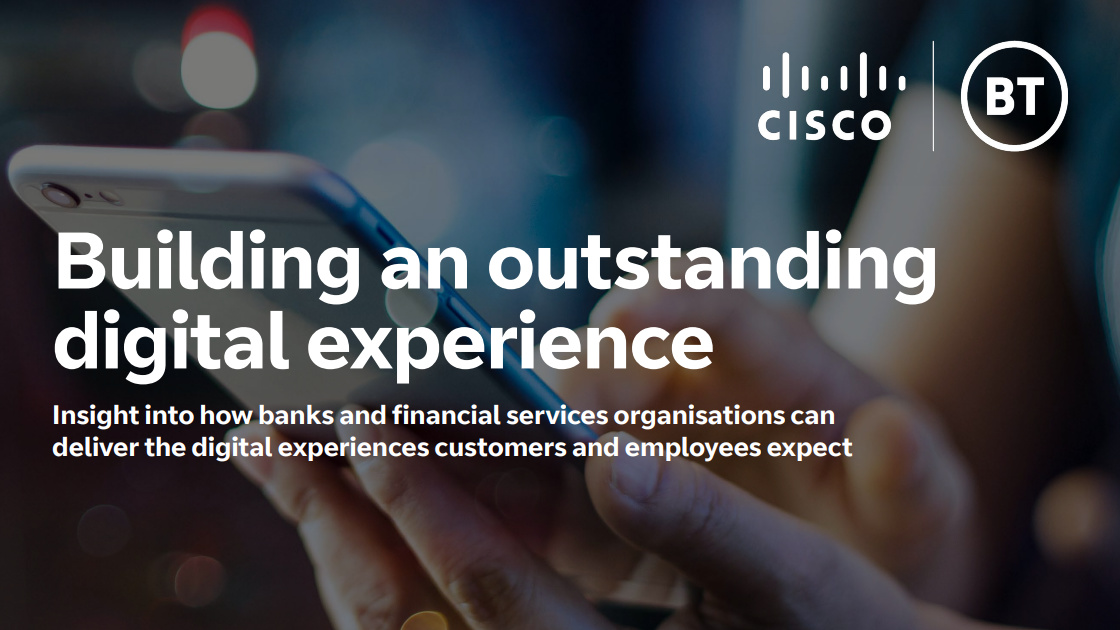Avoiding ‘shiny object syndrome’ when pursuing digitisation
Adopting new technologies will mean very little unless you guarantee uptime for critical apps and services

Over the last twelve months, digital transformation demands have accelerated at an unprecedented pace, with investment set to expand in the coming years. For customers becoming ever more dependent on digital infrastructure, the pace of growth shows no sign of slowing, but with advancements continuing to evolve, is ‘shiny object syndrome’ distracting users from the fundamentals of IT resiliency?
The fact is you need to consider a few crucial aspects when pursuing digital transformation. To deliver a successful strategy, consultants must start from the ground up, which in some cases, can require a dynamic shift in perspectives from the top down. Business objectives need to be set in stone, KPI’s agreed upon and resilient power prioritised to ensure uptime for transformative mission and business-critical applications.
Rushing through digital transformation can, therefore, result in a number of problematic IT issues including disjointed systems and potential downtime, meaning reliability, or more specifically, resiliency is the foundation upon which successful projects are truly built.
Downtime versus IT investment
Worldwide IT spending will total $3.8 trillion in 2021, according to Gartner Worldwide, yet despite unprecedented disruption from the pandemic, for many channel organisations, 2020 was one of the biggest years for sales. With IT budgets and digital transformation adoption continuing to grow, the need for increased security, uptime and power protection becomes paramount, especially if we consider the cost and rate at which outages are accelerating. But how do we quantify this cost and what steps can end-users take to prevent it?
The cost of downtime will undoubtedly vary based on any user’s IT environment and the applications supported. For one in six participants in the the Uptime Institute’s tenth annual survey, it cost more than £700,000, with 75% suggesting a recent downtime incident may have been prevented with better management, training and improved processes.
Issues across the spectrum of critical IT and network infrastructure can include power surges and outages, equipment failures, and network congestion or overload. In fact, while power failures were always considered one of the primary causes of serious IT service outages, network issues have recently taken the crown. Physical security and human error also remain fundamental issues, and with more critical technologies being deployed in remote locations, or at the edge of networks - including schools, hospitals, retail stores and restaurants - it’s no longer possible to have IT service personnel at every location.
Deploying physically and cyber secure distributed IT, alongside intelligent power protection in the form of Uninterruptible Power Supplies (UPS) is, therefore, essential at the hardware layer. However, gaining insight into the health and status of the equipment is also absolutely crucial. Thanks to cloud computing, users can gain an instant view of their infrastructure equipment from remote locations via ultra-secure smartphone applications, ensuring IT availability, while gaining the ability to mitigate outages before they become an issue. Yet while it’s undoubtedly true that technologies offer an enabler to overcome many issues associated with customer downtime, the skills and expertise of service personnel or partners truly make the difference.
ChannelPro Newsletter
Stay up to date with the latest Channel industry news and analysis with our twice-weekly newsletter
A business case for collaboration
Throughout the history of the IT sector, channel partners have been paramount to end-user adoption and successful IT deployments. Harnessing the skills of external consultants including resellers, MSPs and systems integrators offers end-users key technical insight, while helping to bridge the industry skills gap, which continues to grow.
The business case for collaborating with partners, however, can often be met with a number of barriers to adoption. Many end-users will assume that working with a partner will come at high cost, and it’s not until a business-critical issue is encountered, one that affects customers, revenue or profitability, that true investigation takes place.
To truly reap the benefits of successful digital transformation, end-users need to leverage the latest in resilient technologies and consult with partners who have a demonstrable track record in deploying, managing and servicing critical IT. Due diligence throughout the procurement process is essential, but too often, it’s overlooked, and sadly, many businesses still have to learn the hard way. Our own research found that while internal personnel can manage a fleet of new IT or power equipment, the cost savings gained by using a partner actually increase as equipment ages.
Thinking smart
If we consider the means at which IT investment is accelerating, having a joined up approach to digital transformation is crucial. Beginning with the fundamentals is key, and without resilient power, diverse network connectivity and IT availability, any strategy will fail.
Having access to the right skills and expertise is also critical for any business, and with a rapidly growing skills gap, there’s no doubt that working with partners on a cost-effective, collaborative and consultative basis, can quickly overcome any pain points, alleviate pressure and ensure greater outcomes. Finally, if IT represents around 1% of the cost of the total infrastructure stack, and the cost of downtime might equate to almost £1 million in a worst-case scenario, surely investing in preventing any incidents more than justifies the business case for resilience? In fact, when it comes down to protecting your business, your customers or your reputation, it’s just common sense.
Steve Santini is channel director at Schneider Electric UK&I
-
 Why keeping track of AI assistants can be a tricky business
Why keeping track of AI assistants can be a tricky businessColumn Making the most of AI assistants means understanding what they can do – and what the workforce wants from them
By Stephen Pritchard
-
 Nvidia braces for a $5.5 billion hit as tariffs reach the semiconductor industry
Nvidia braces for a $5.5 billion hit as tariffs reach the semiconductor industryNews The chipmaker says its H20 chips need a special license as its share price plummets
By Bobby Hellard
-
 Untethered: How CIOs and CISOs are paving the way for the new hybrid workforce
Untethered: How CIOs and CISOs are paving the way for the new hybrid workforceWhitepaper Effective techniques to transition from exposed legacy infrastructure to an effective zero trust strategy
By ITPro
-
 Creating successful supply chain planning transformations in the consumer industry
Creating successful supply chain planning transformations in the consumer industryWhitepaper Think differently about SCP transformations and, in doing so, move into a better future for supply chains
By ITPro
-
 Healthcare’s next chapter
Healthcare’s next chapterwhitepaper Revolutionizing how you care with EPR experts you can trust
By ITPro
-
 Strategic app modernization drives digital transformation
Strategic app modernization drives digital transformationWhitepaper Modernize your applications to address business needs both now and in the future
By ITPro
-
 Delivering fast and secure digital experiences for the modern hybrid workforce
Delivering fast and secure digital experiences for the modern hybrid workforceWhitepaper A new approach to digital experience monitoring that can monitor the health of all systems
By ITPro
-
 The future of work and the forgotten workforce
The future of work and the forgotten workforcewhitepaper How to deploy a mobile-first strategy so no one gets left behind
By ITPro
-
 Building an outstanding digital experience
Building an outstanding digital experiencewhitepaper Insight into how banks and financial services organizations can deliver the digital experiences customers and employees expect
By ITPro
-
 The digital-first journey towards the future enterprise in Europe
The digital-first journey towards the future enterprise in Europewhitepaper The shift to a digital-first Europe
By ITPro